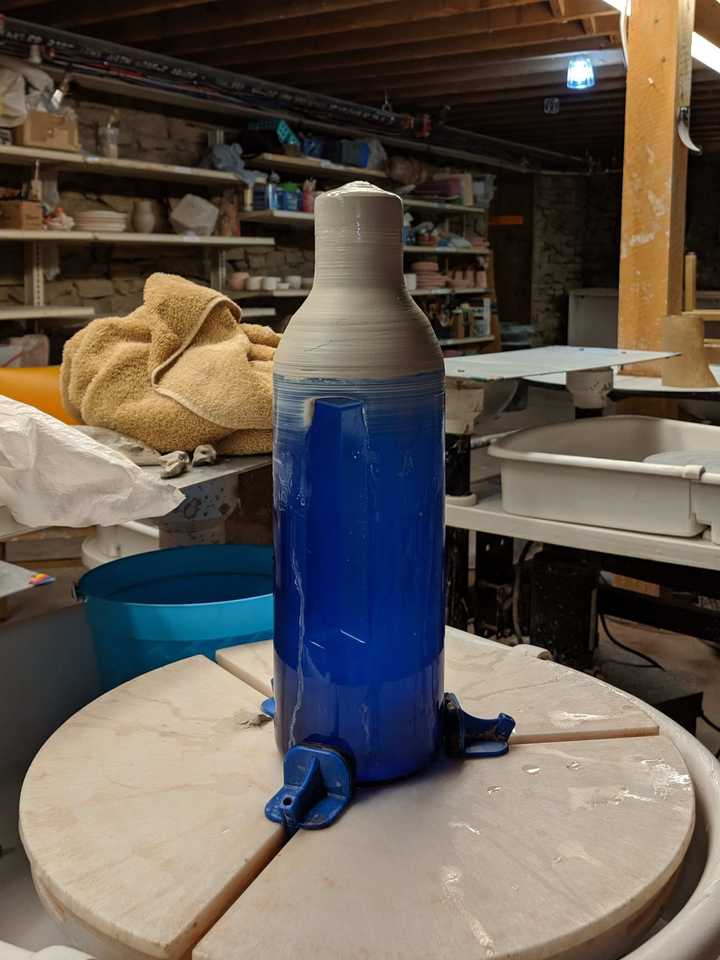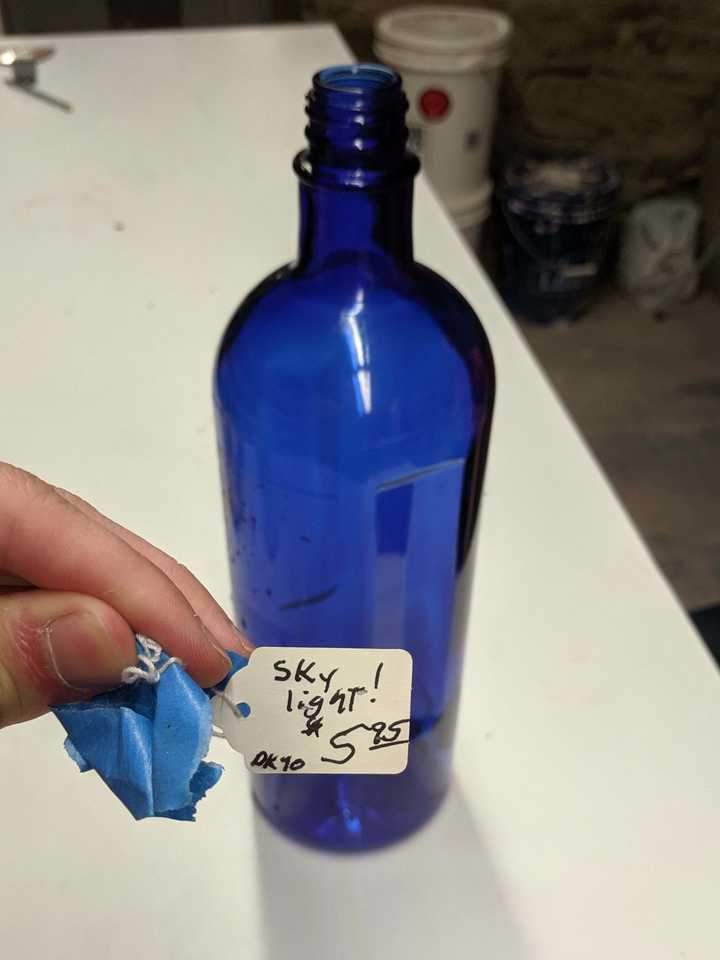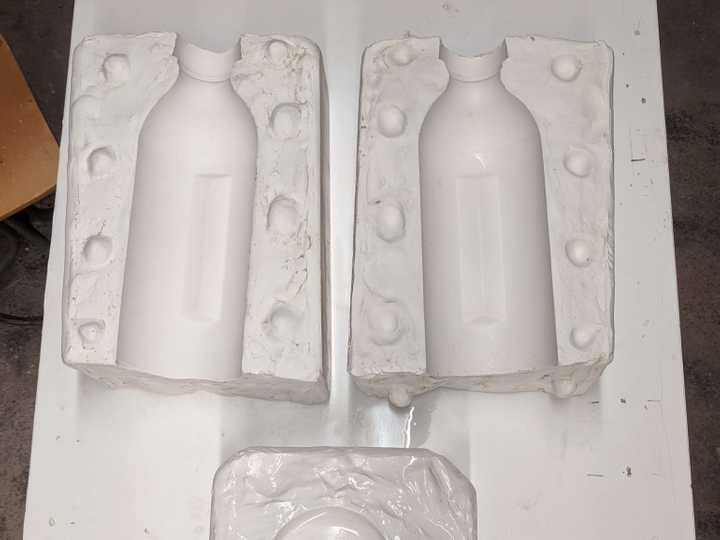Jun 15th, 2019
Altered Model Mold Making
A quick example of how to alter an existing model or manufactured object to extend the shape into a more unique and original shape for use in mold making.
Getting started
The other day my brother, who is visiting for only a short amount of time, brought up the idea of creating a ceramic water bottle. Both of us being fairly ambitious, decided that we would make one that night despite not having a model prepared or an exact idea of how we wanted it to look and feel.
Fast forward to us searching local stores nearby for a suitable model that would still be large enough after roughly 13% shrinkage. With no, luck and only a bottle that would produce a small container barely large enough to be called a water bottle, we left for the studio hoping we could make due. Luckily, once we got to the studio, we looked around for other possible water bottle-esque objects.
We found, for sale, a vodka bottle that a fellow artist had made into a decorative piece with lights inside and other decorative items on the exterior - perfect!
We removed everything outside and inside of it, removed labels, and cleaned it for use.
Making the Alteration
As a precautionary measure, I decided to fill it completely full of water to ensure that it would not float in the plaster while everything was still liquid. This didn’t turn out to be the best idea and I instead should have only filled it enough to not float. The weight of the water made things slightly more difficult, as well as a couple other issues we ran into described below.

Using a Giffon Grib, it worked very well to simply wrap coils of clay around the neck of the bottle and then throw it into our desired shape. The clay stuck surprisingly well to the glass and the only issue that I ran into was the water inside of the bottle. While pushing on the top, the clay would “sink” into the bottle, but would be pushed back up from the water, sometimes leading to deformation issues - not that they were hard to deal with.
As can be seen from the header image, we settled on a nice curvy shape that should be able to accept a cork fairly well. We also left a ridge for aesthetics, as well as a possible mounting point for a braced seal rather than just a cork.
The last step was just simply to let the clay dry until no longer tacky so that we could begin boxing it off with fresh clay for the casting. Being impatient and in a hurry, I took a torch after the clay, which worked very well. The only exception to this is the water inside. It started to expand and made our top distort and start to squirt water. To remedy this, we just added a vent hole in the top which directed any expansion into one place.
Synopsis
This quick project was easy and the casting of the altered model went very smooth. Throwing clay on top of glass with the Griffin Grip was also surprising easy and everything stuck together very well.
Listed below are the things I would change when I make another:
- Fill the bottle only half full. Going all the way makes it weird to throw with.
- Add a vent hole in the top, connecting through to the inside of the bottle, while drying the clay. This helps if torching it dry.
- Take more time!


What did you think?